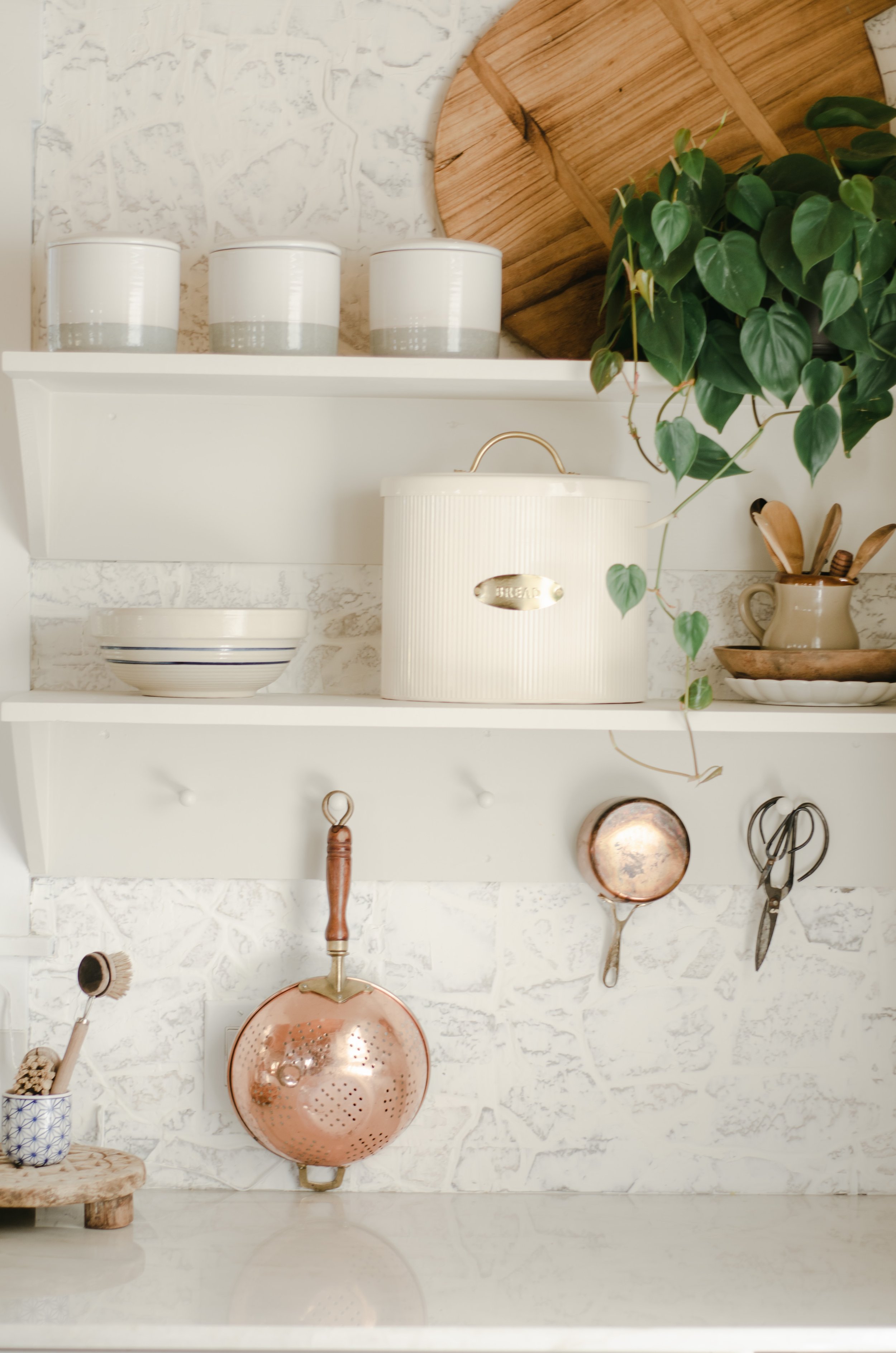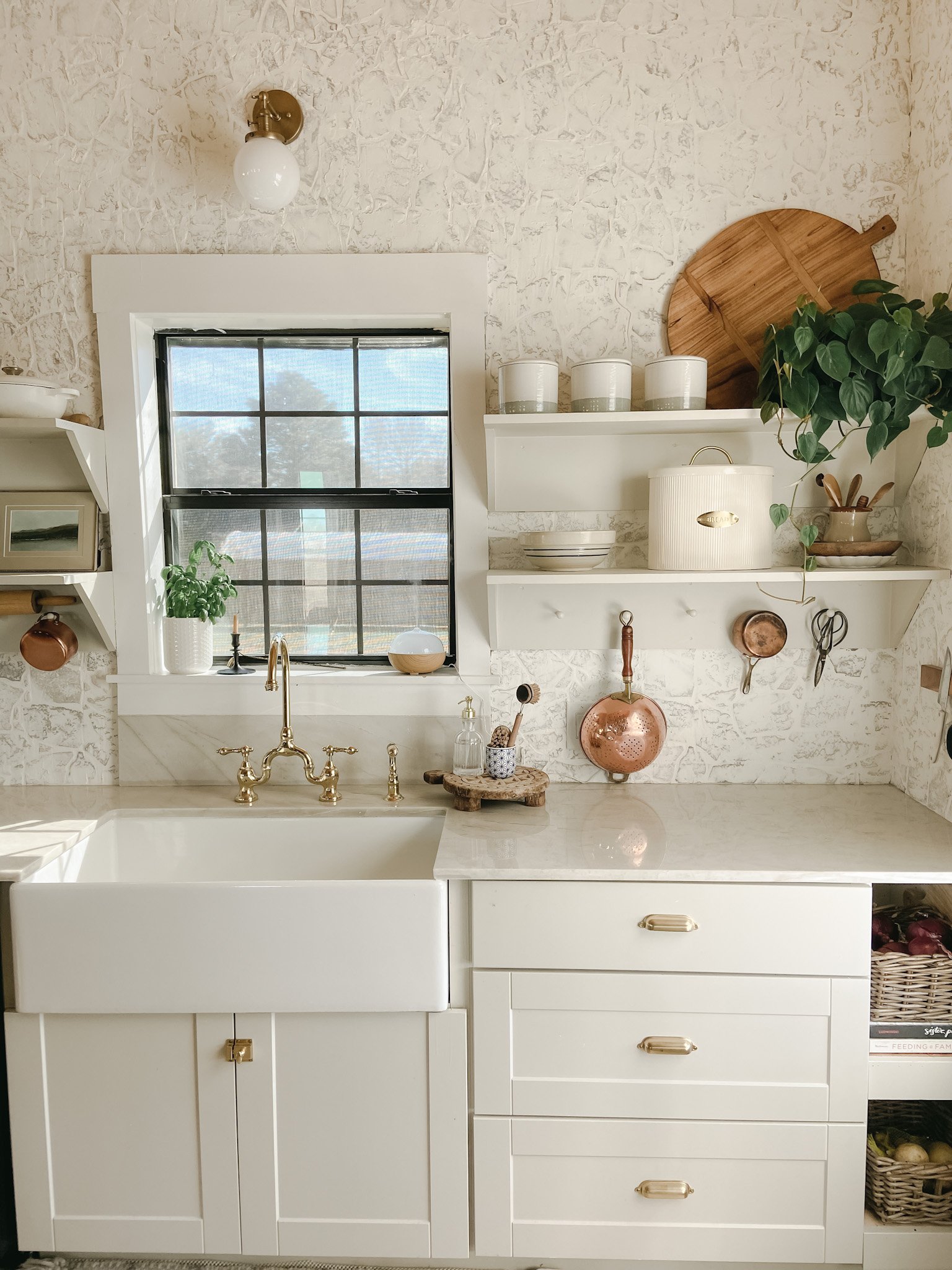Butternut Squash & Goat Cheese Spread
12 oz diced butternut squash (I buy this already done)
1 head of roasted garlic (about 8 cloves, recipe below)
1 tablespoon fresh sage, finely chopped
2.5 ounces of goat cheese
1 tablespoon maple syrup
4 tablespoons olive oil
Salt & pepper to taste
On a large baking sheet toss the squash, olive oil, salt, pepper, and sage together. Then bake at 350 for about 20 minutes, or until the squash is fork tender, let cool. In a food processor blend the squash with any left over olive oil from the pan, garlic, goat cheese, maple syrup, and more salt if needed. Once your mixture is blended and creamy serve with warm baguette or crackers.
Roasted Garlic
Cut the top off of a whole head of garlic and lay it cut side down in a small oven safe dish with a thin layer of olive oil in it. Then wrap the top of the dish tightly with foil and bake at 350 for about 20 minutes or until tender. Let cool and remove cloves.





















